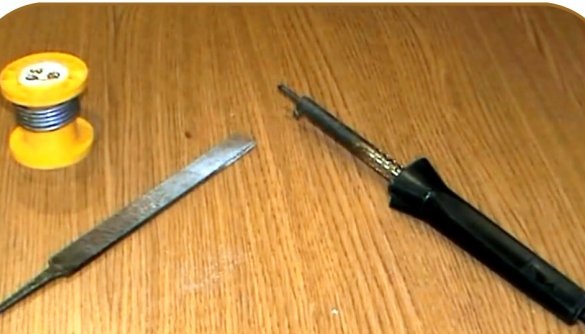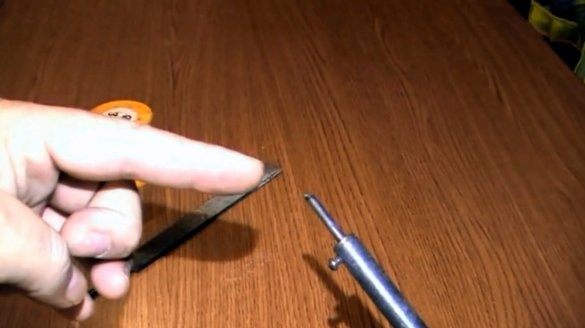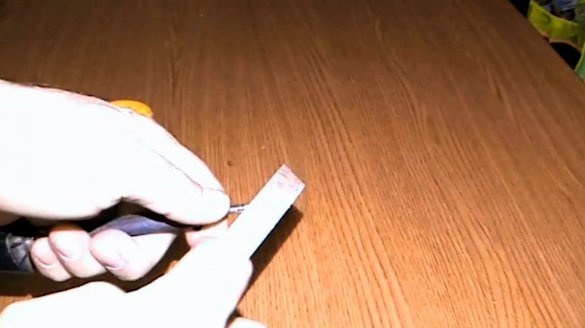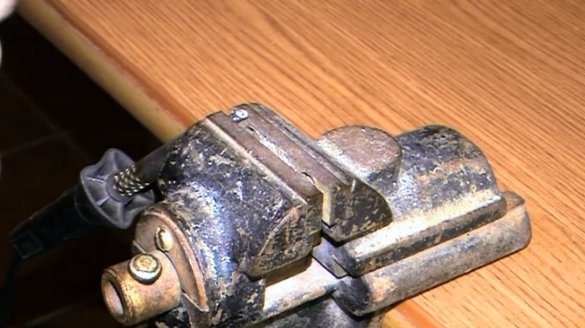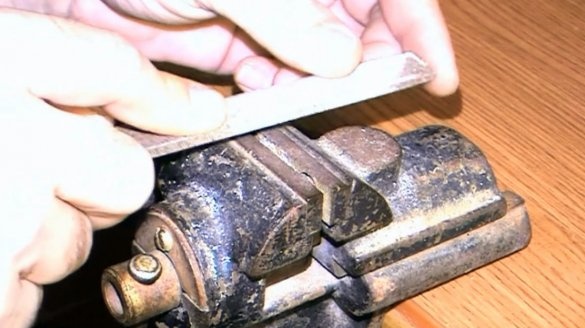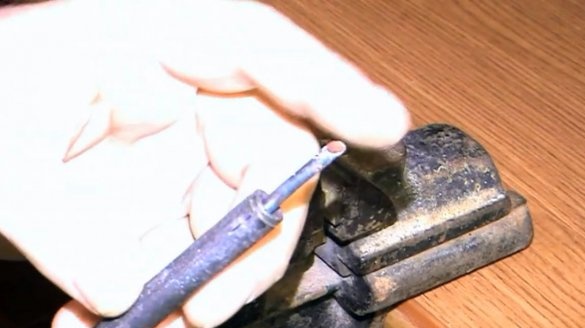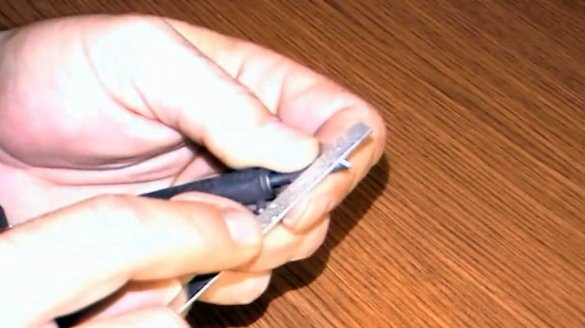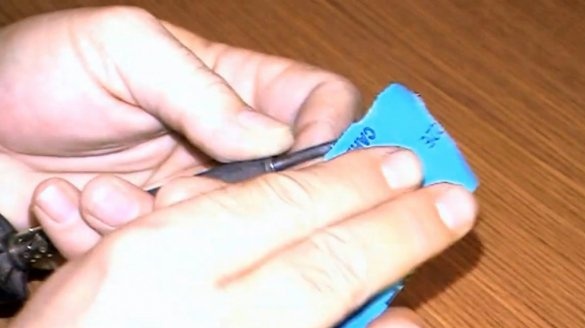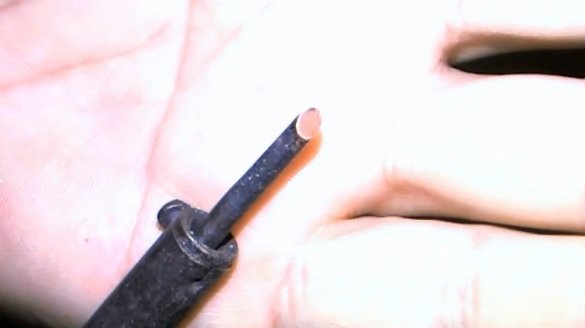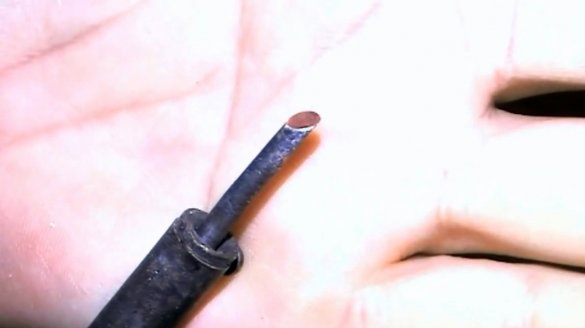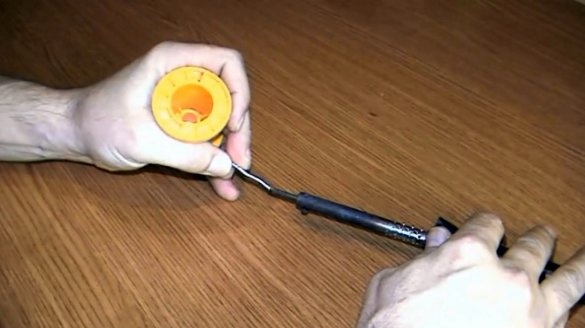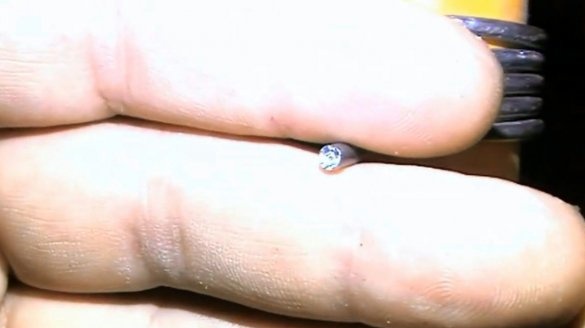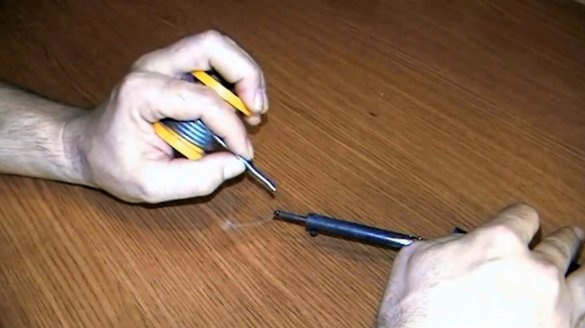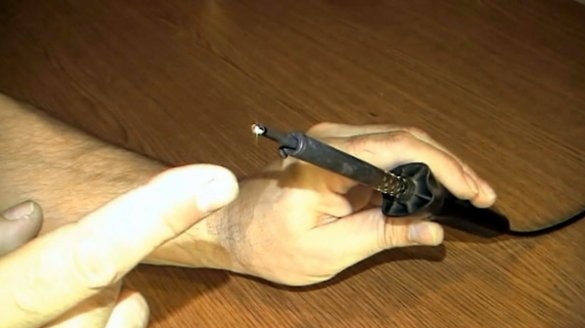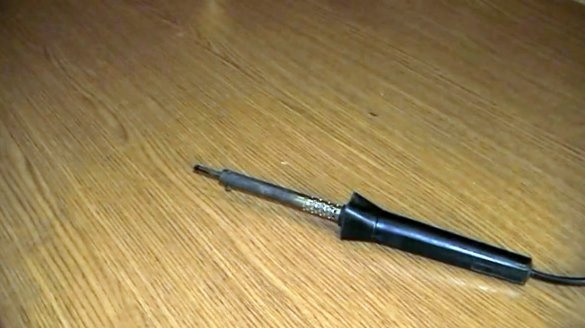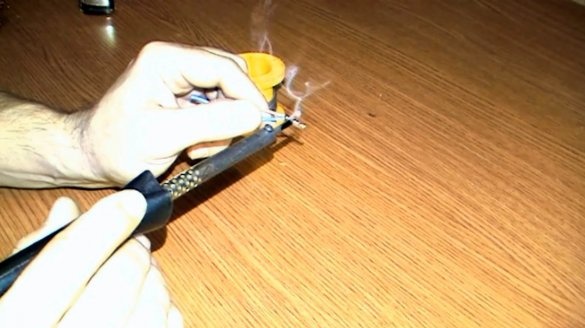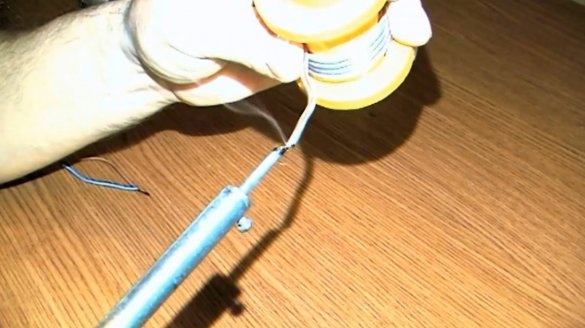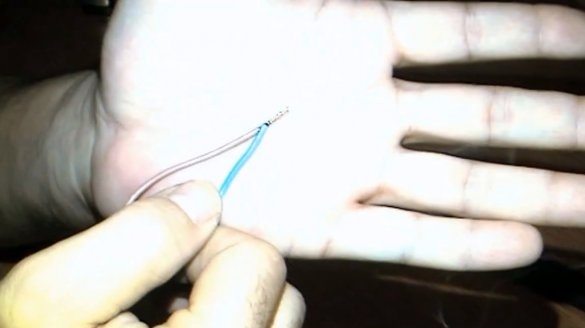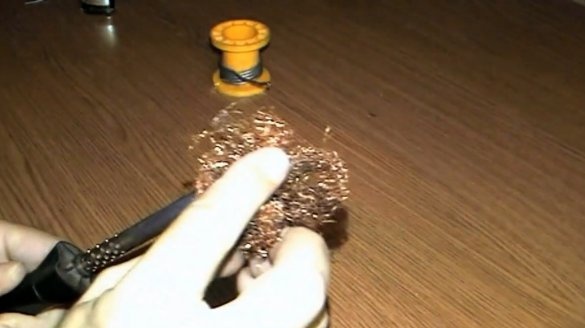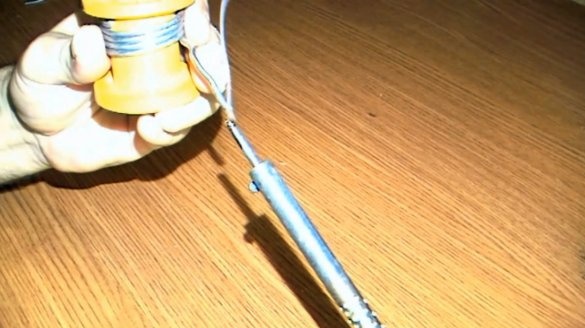Of course, almost every one of you very often solders. And for high-quality soldering, it is required to keep the soldering iron tip in good condition.
In this article, the author of the SAID MADE YouTube channel will tell you how to sharpen and tin it properly.
This method is very simple, and is repeated in a few minutes in home conditions.
Materials
- Solder, rosin
- Sandpaper.
Instruments, used by the author.
— Soldering iron
- Vise, file, file
- Copper washcloth.
Manufacturing process.
This method is suitable for ordinary copper stings. Modern soldering irons they have stings with a special coating, and they last much longer; The shape of the sting itself can be different, depending on your tasks.
An ordinary copper sting eventually “burns out,” or rather dissolves in solder, and a cavity forms in it. So the quality of the solder drops.
The author will demonstrate the technique of diagonal sharpening.
This can be done manually using a regular file.
However, it is better to fix the sting in a vice. So you can get a much better surface.
After file processing, very sharp edges are formed, from which you need to remove a small bevel with a file or sandpaper.
Here is the sharpened tip of the sting.
Tinning should be started immediately after sharpening, otherwise after a few hours the copper surface will oxidize, and the treatment will have to be repeated again.
The soldering iron turns on and solder is applied to the tip of the tip.
The author uses solder in the form of a tube with rosin inside. If you use rosin and solder separately, then rosin should be melted first.
When heated, rosin will first melt and cover the surface with a thin layer, and then the metal itself will melt. At the tip, it is necessary to form a drop of solder, and turn off the soldering iron until it cools completely.
Now you can turn on the soldering iron, and the soldering is excellent.
After completion of work, the tip of the sting should be cleaned with a copper washcloth, and again a drop of solder should be formed on it.
I thank the author for a simple but useful way to tin the sting!
All good mood, good luck, and interesting ideas!
Author video can be found here.
[media = https: //www.youtube.com/watch? v = -FRYcjO23nE]

